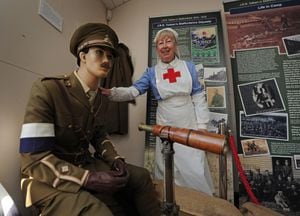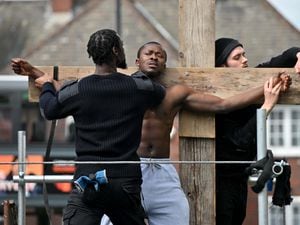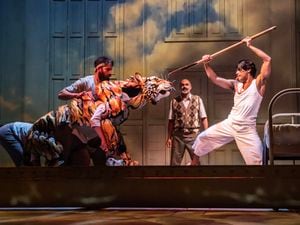JRR Tolkien drew early inspiration for writing in Staffordshire
He was the author behind some of the best fantasy novels ever written.

But what is not widely known is how Staffordshire played an influence on John Ronald Reuel Tolkien's writing.
The writer behind the Lord Of The Rings was based in the county during the First World War where he served as a signals officer.
An exhibition, called JRR Tolkien in Staffordshire, has gone on display at Cannock Chase Visitor Centre talking about the writer's past in the county.
Scott Whitehouse, from Staffordshire County Council's library service, said: "Tolkien came here as a young man. He was here for over 18 months during the First World War.
"He was writing poetry while he was here. Some of his first poetry and one of the first stories he wrote, one called The Fall of Gondolin, was one he wrote here, which is in essence the deep past of middle Earth.
"He started writing it in Birmingham Hospital and finished writing it in Great Haywood. It was inspired by tanks of the Battle of the Somme and things like that."
Among the items at the exhibition is a telescope and signaller's lamp which Tolkien would have used at the time.
The exhibition was funded by the Heritage Lottery after a bid was put in by the Haywod society, which is based in Great Haywood.
Tolkien settled in that village during his time in Staffordshire and his son Christopher believed the village gave Tolkien inspiration behind his early writing.
When Tolkien had a bout of trench fever, he wrote the first two stories of The Book of Lost Tales in 1916, while living in a cottage in Great Haywood with his wife Edith.
He went on to write The Hobbit (published 1937) and The Lord Of The Rings (originally published as three volumes in 1954 and 1955).




